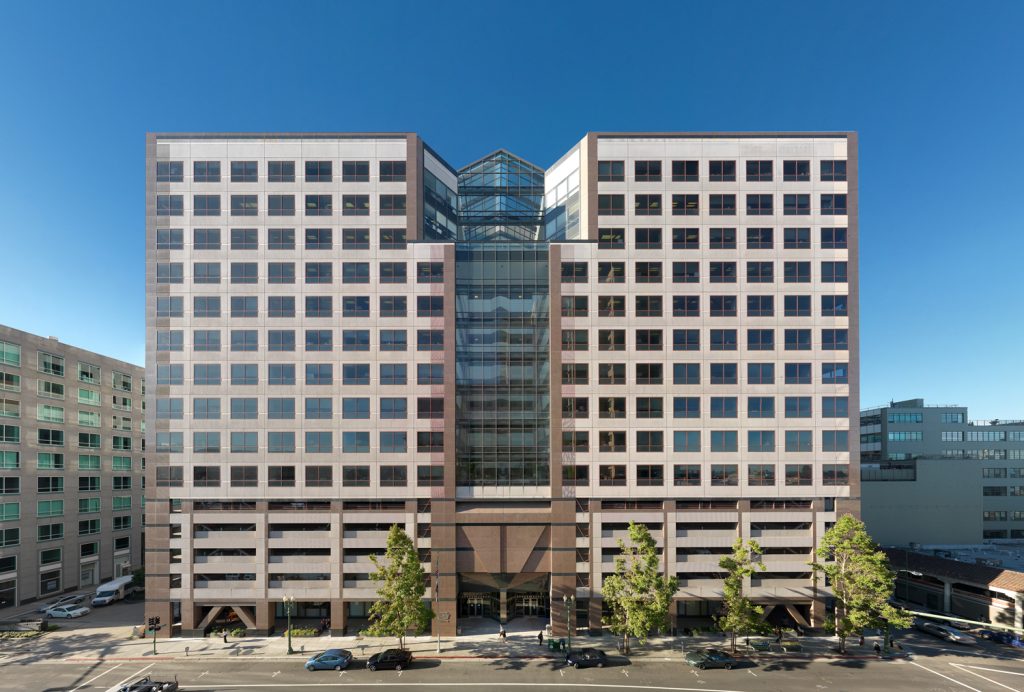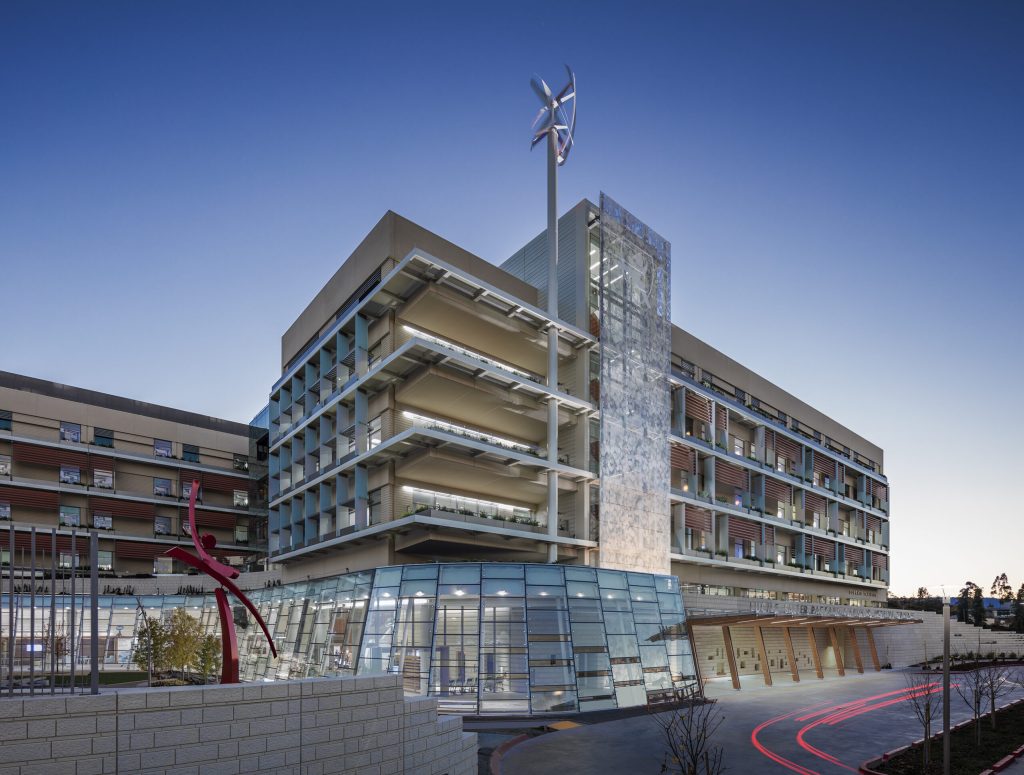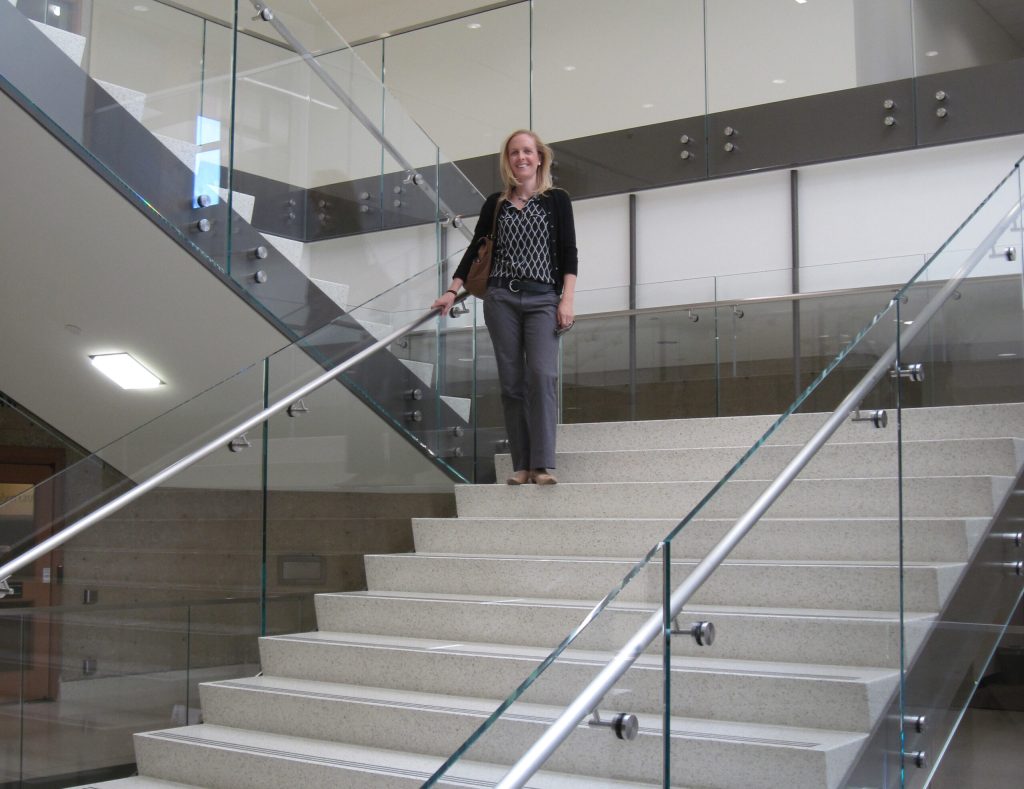Degenkolb Engineers evaluated the Hotel Nikko, a thirty year old high-rise moment frame building, in San Francisco under the state of the art non-linear time-history procedures of ASCE 41-17. The analysis identified the welded steel column splice at mid-height of the tower having demands that consistently exceeded their fracture stress. Degenkolb also identified issues with the seismic joint between the tower and auxiliary five-story structure that housed the pool and banquet rooms. To mitigate the issues, Degenkolb developed and implemented an innovative retrofit scheme that could be constructed in phases, with the majority of the work occurring within planned three-month shutdown.
Features:
- The project used the latest research in weld fracture mechanics—prior to widespread release—augmented with project-specific finite element modeling, pushing the state-of-the-art forward. Applying the procedure to a variety of column shapes, sizes and weld details establishes a database of capacities to reveal the general susceptibility in similar building construction types.
- At the request of the building owner/General Contractor, the Takenaka Corportaion, mock-up of the column splice repairs were constructed. This allowed the steel subcontractor to learn how to construct the unique retrofit details given the significant constraints the exterior cladding placed on accessing the splices. The combination of owner, design team and contractor collaboration throughout the design and construction process led to an ahead of schedule completion of the project.
Benefits:
- The advanced analysis and pushing the state-of-the-art in evaluation of partial joint penetration column splices forward, let Degenkolb to significantly reduce the retrofit design.
- Due in large part to the preconstruction collaboration between Degenkolb, Takenaka, and the steel subcontractor, the project completed under budget and five weeks ahead of schedule.
- 2017 SEAONC and SEAOC Award of Merit
- 2017 ACEC California Award of Merit











